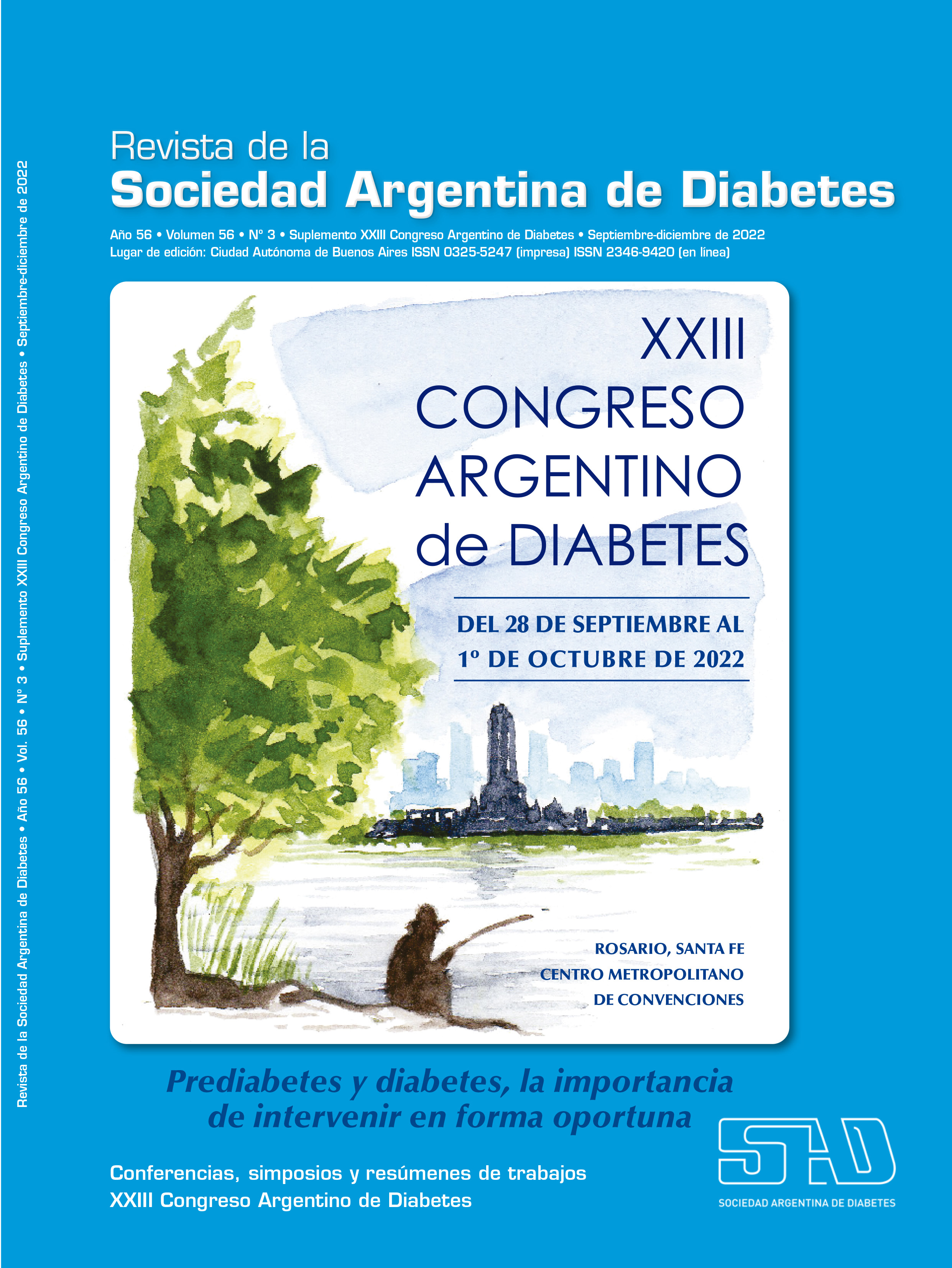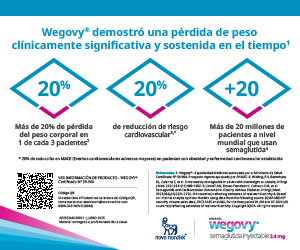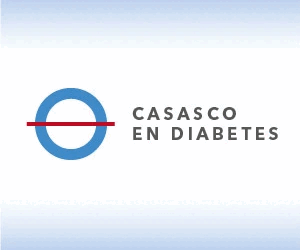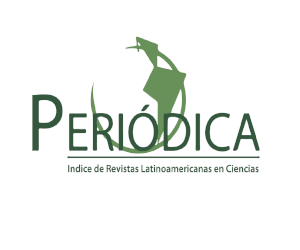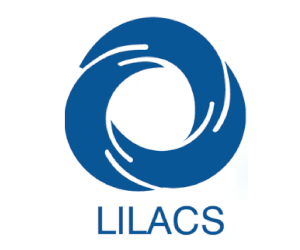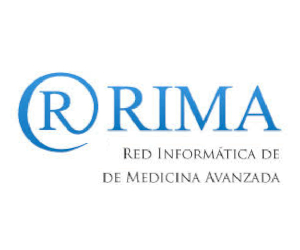Symposium 4: Assisted fertilization and maternal diabetes mellitus
DOI:
https://doi.org/10.47196/diab.v56i3Sup.498Keywords:
fertilization, diabetes mellitusAbstract
Type 1 and 2 diabetes mellitus (DM) are among the most prevalent chronic diseases in women of reproductive age. In turn, they are patients with alterations in their fertility where it is observed that they have fewer offspring than their peers and several must undergo highly complex fertility treatments.
The hyperglycemia of DM1 (due to insulin deficiency) and hyperinsulinemia (due to exogenous administration) can induce hypogonadism, ovaries with a polycystic appearance and hyperandrogenism. In the case of DM2, patients may present with polycystic ovary syndrome (PCOS), obesity, insulin resistance and chronic inflammation, all of which explains the greater difficulty in achieving pregnancy.
References
I. Due Larsen M, Moller Jenssen D. Live born children after assisted reproduction in women with type 1 diabetes and type 2 diabetes: a nation wide cohort study. Diabetologia 2020;63:1736-1744.
II. Facondo P, Di Lodovico E. The impact of diabetes mellitus type 1 on male fertility: systematic review and meta-analysis. Andrology 2022;10:426-440.
III. Zymperdikas C, Zymperdikas V. Assisted reproduction technology outcomes in women with infertility and preexisting diabetes mellitus: a systematic review. Hormones 2022;21:23-31.
Downloads
Published
Issue
Section
License
Copyright (c) 2022 on behalf of the authors. Reproduction rights: Argentine Diabetes Society

This work is licensed under a Creative Commons Attribution-NonCommercial-NoDerivatives 4.0 International License.
Dirección Nacional de Derecho de Autor, Exp. N° 5.333.129. Instituto Nacional de la Propiedad Industrial, Marca «Revista de la Sociedad Argentina de Diabetes - Asociación Civil» N° de concesión 2.605.405 y N° de disposición 1.404/13.
La Revista de la SAD está licenciada bajo Licencia Creative Commons Atribución – No Comercial – Sin Obra Derivada 4.0 Internacional.
Por otra parte, la Revista SAD permite que los autores mantengan los derechos de autor sin restricciones.



